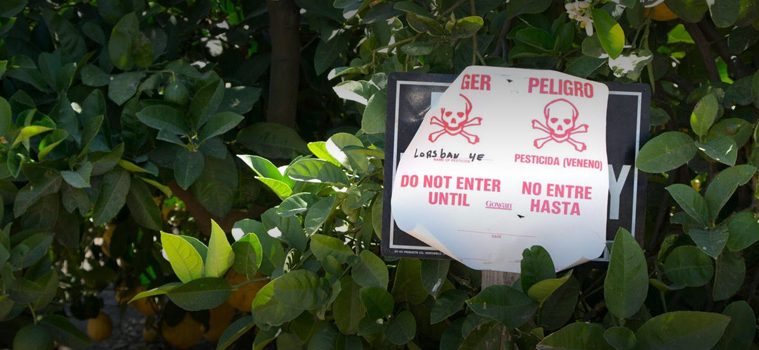MAKES OPIATES LOOK LIKE CANDY
APRIL 29, 2021 – According to a team of researchers led by Leonardo Trasande, organophosphate pesticides, of which chlorpyrifos is the most widely used, accounted for an estimated $594 billion in societal costs, including added health care and education, between 2001 and 2016.
The EPA was poised to ban chlorpyrifos in 2016, but the Trump EPA changed course the next year without providing any scientific justification for its decision. The reversal, made under EPA Administrator Scott Pruitt, has been tied to a $1 million contribution to President Donald Trump’s inaugural fund from Dow Chemical Company, now known as Corteva, which was the primary producer of chlorpyrifos.
But the EPA had come close to, and retreated from, banning chlorpyrifos well before the Trump administration. After concerns began to mount in the late 1980s about the harms chlorpyrifos posed to children, environmental groups pushed to get chlorpyrifos banned. Dow and agricultural groups fought back aggressively against the EPA’s regulatory scrutiny, arguing that its removal would lead to shortages of fruits and vegetables. Ultimately, instead of forcing the pesticide off the market, the agency struck a deal in 2000 in which Dow voluntarily withdrew a product containing chlorpyrifos that was used to kill cockroaches and other insects in the home, while the company’s agricultural product, Lorsban, remained on the market.



